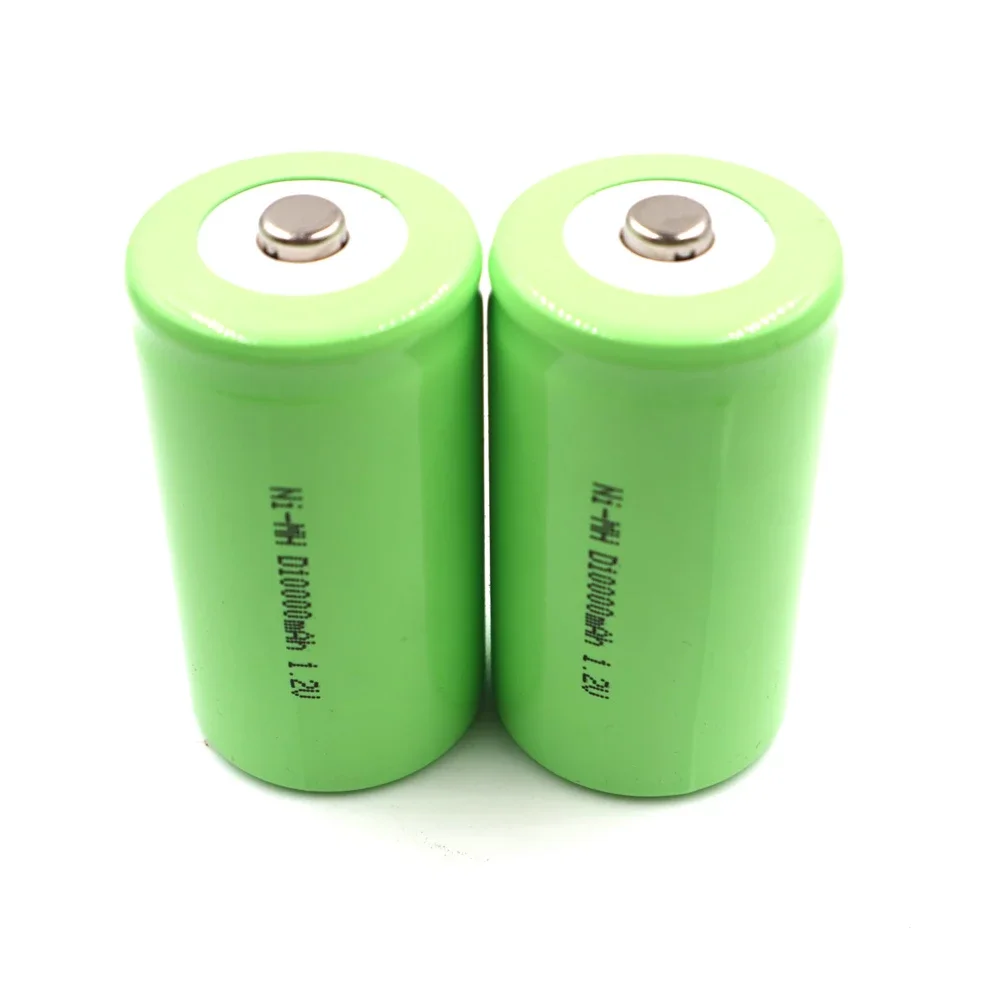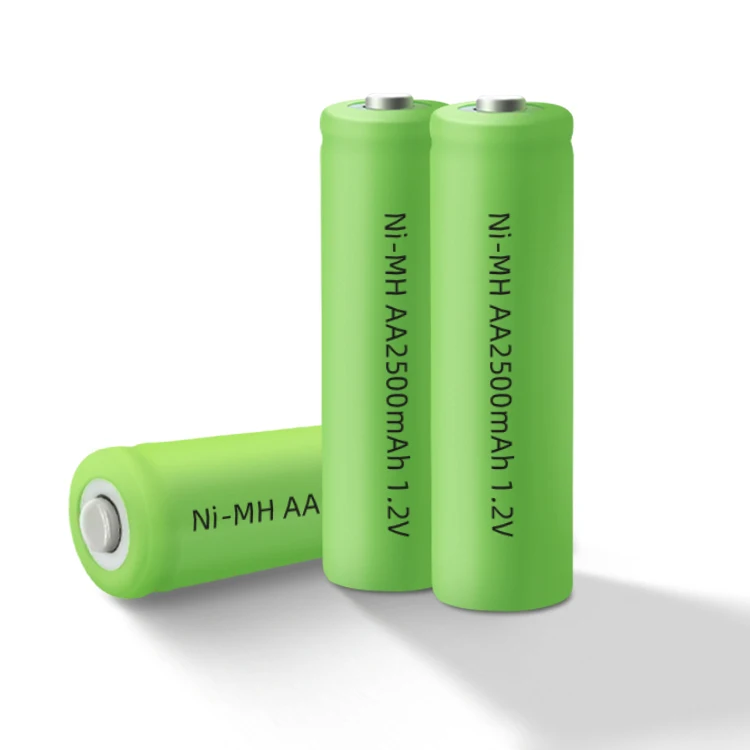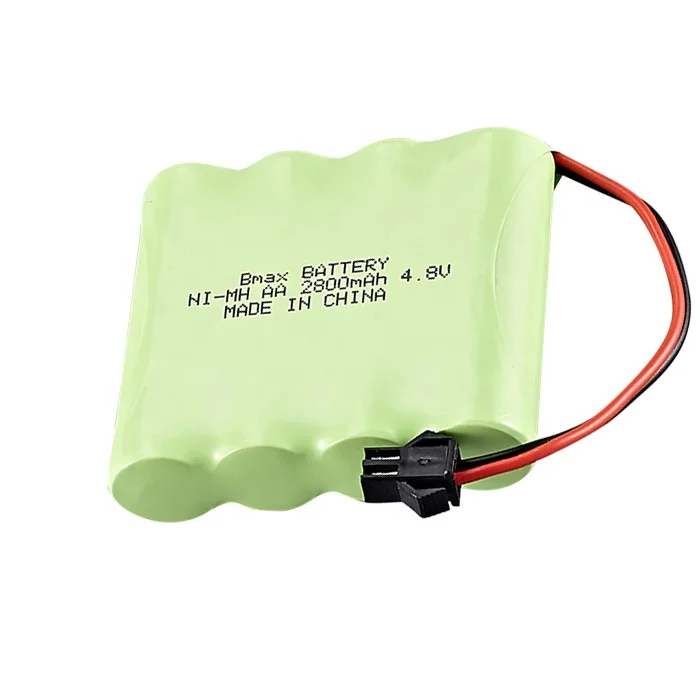In a world increasingly reliant on portable electronic devices, the longevity of batteries becomes a crucial consideration for consumers. Among the various types of rechargeable batteries available, Nickel-Metal Hydride (NiMH) batteries have gained popularity due to their environmental friendliness and relatively low cost. However, consumers often wonder: How many years will a NiMH battery last? In this comprehensive guide, we will explore the factors affecting the lifespan of NiMH batteries, methods to prolong their longevity, and considerations for replacement.
Understanding NiMH Batteries
Before delving into their lifespan, it’s essential to understand the construction and chemistry of NiMH batteries. NiMH batteries consist of a positive electrode (nickel oxyhydroxide), a negative electrode (hydrogen-absorbing alloy), and an electrolyte (usually potassium hydroxide). During discharge, the electrodes undergo reversible electrochemical reactions, releasing stored energy. When recharging, the process is reversed.
Factors Influencing NiMH Battery Lifespan
Several factors influence the lifespan of NiMH batteries:
1. Charge and Discharge Cycles:
NiMH batteries have a finite number of charge and discharge cycles before their performance deteriorates. Each cycle involves charging the battery to its full capacity and then discharging it to a certain level before recharging. The number of cycles a NiMH battery can endure varies depending on factors like depth of discharge, charging rate, and operating temperature.
2. Depth of Discharge (DoD):
The depth to which a NiMH battery is discharged during each cycle affects its lifespan. Shallow discharges (i.e., using only a small percentage of the battery’s capacity) can prolong its longevity compared to deep discharges (using a larger percentage of capacity). Continuous deep discharges can accelerate capacity loss and reduce the overall lifespan of the battery.
3. Charging Rate and Method:
NiMH batteries are sensitive to overcharging and high charging currents, which can lead to overheating and reduced lifespan. Using a compatible charger with the appropriate charging rate and termination method (such as delta-V or temperature sensing) is crucial for maintaining battery health.
4. Storage Conditions:
Proper storage conditions can significantly impact the lifespan of NiMH batteries. Storing batteries at moderate temperatures (around 20-25°C or 68-77°F) in a dry environment helps minimize self-discharge and degradation. Prolonged exposure to extreme temperatures, humidity, or direct sunlight should be avoided.
5. Environmental Factors:
External factors such as temperature, humidity, and mechanical stress can also affect NiMH battery lifespan. High temperatures accelerate chemical reactions within the battery, leading to faster degradation. Similarly, exposure to moisture or physical damage can compromise the integrity of the battery’s components.
Estimating NiMH Battery Lifespan
While it’s challenging to provide a definitive answer to how many years a NiMH battery will last, manufacturers typically specify the number of charge cycles a battery can endure before experiencing significant capacity loss. For example, a high-quality NiMH battery might be rated for 500 to 1000 charge cycles under optimal conditions.
Assuming a daily cycle of charging and discharging, a battery rated for 500 cycles could last approximately 1.5 years to 3 years. However, actual lifespan may vary based on usage patterns, charging practices, and environmental factors. With proper care and maintenance, some NiMH batteries can exceed their rated cycle life, while others may degrade more quickly due to suboptimal conditions.
Prolonging NiMH Battery Lifespan
While NiMH batteries have a finite lifespan, several measures can help prolong their longevity:
1. Avoid Overcharging and Deep Discharging:
Use a charger specifically designed for NiMH batteries and avoid overcharging or deep discharging whenever possible. Charging batteries to only 70-80% of their capacity and avoiding complete discharge can help extend their lifespan.
2. Store Batteries Properly:
Store NiMH batteries in a cool, dry place away from direct sunlight and extreme temperatures. If storing batteries for an extended period, partially charge them beforehand to prevent self-discharge.
3. Use Batteries Regularly:
Regularly using and recharging NiMH batteries can help maintain their capacity and performance. Avoid leaving batteries unused for extended periods, as this can lead to increased self-discharge and capacity loss.
4. Monitor Temperature:
Avoid exposing NiMH batteries to high temperatures, as heat accelerates chemical reactions that can degrade the battery. If using batteries in hot environments, monitor their temperature and take precautions to prevent overheating.
5. Replace Aging Batteries:
Monitor the performance of NiMH batteries over time and replace them when they no longer hold a charge effectively or exhibit reduced capacity. Investing in high-quality batteries from reputable manufacturers can also prolong their lifespan.
Conclusion
While NiMH batteries offer a cost-effective and environmentally friendly solution for powering portable electronic devices, their lifespan depends on various factors such as usage patterns, charging practices, and environmental conditions. By understanding these factors and following best practices for battery maintenance, consumers can maximize the lifespan of NiMH batteries and optimize their performance over time. Whether used in everyday gadgets or renewable energy systems, NiMH batteries play a vital role in modern technology and can provide reliable power for years with proper care and attention.


